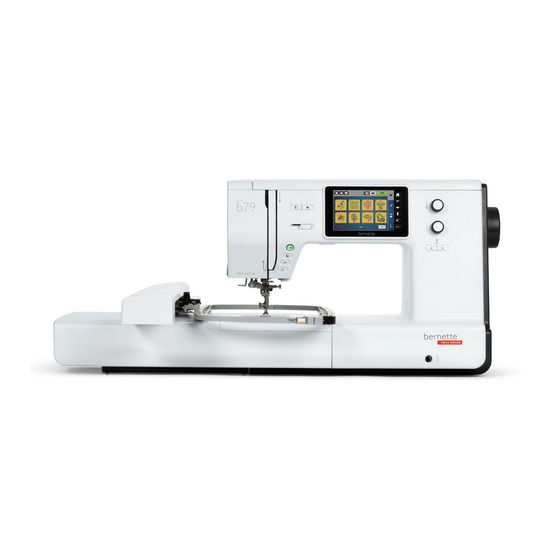
Table of Contents
Advertisement
MY bernette
EMBROIDERY
M A S T E R Y
B O O K
S E R I E S
bernette EMBROIDERY WORKBOOK
For b79 and b70 DECO EMBROIDERY MACHINES
b e r n e t t e E M B R O I D E R Y M A C H I N E W O R K B O O K
©2019 BERNINA of America. Permission granted to copy and distribute in original form only. Content may not be altered or used in any other form or under any other branding.
06042019
Advertisement
Table of Contents
















Need help?
Do you have a question about the Bernette b79 and is the answer not in the manual?
Questions and answers